There are some places on earth that are so unique and culturally significant that the nations of the world have come together to protect them for generations to come. These places are the UNESCO World Heritage Sites, listed and protected by the United Nations Educational, Scientific and Cultural Organization (UNESCO). Proudly protecting seven of mankind’s greatest treasures, Kenya’s World Heritage sites are:
1. The lakes of the Great Rift Valley
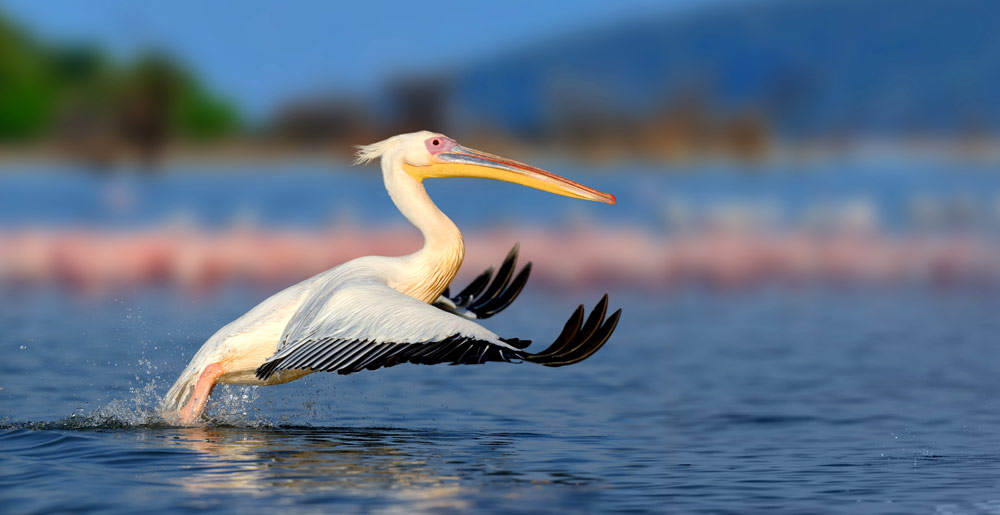
Literally the most prominent of our sites, since it can be seen from the moon, is the lake system of the Great Rift Valley. Strung out like jewels along the floor of this huge volcanic rift, Lakes Nakuru, Elementaita and Bogoria not only protect one of the world’s greatest diversity of bird species but they are also home to some four million Lesser Flamingoes, which migrate between their shimmering grey-blue waters, hot springs and spectacular escarpments.
2. Mount Kenya National Park
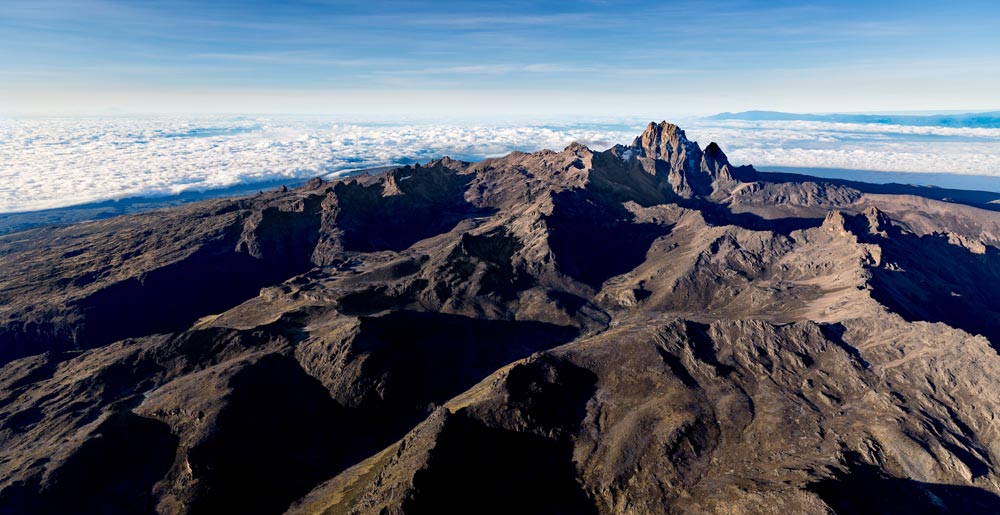
Equally prominent on the geographical stage are the icy spires of Mount Kenya, Africa’s second highest mountain. Straddling the equator, striated by glaciers, cloaked in forests and climbed by thousands of tourists every year, the vast bulk of this mountain is all that remains of a volcano that erupted three million years ago. A migrational route for elephants since the dawn of time, Mount Kenya is not only a conservation stronghold but also the finest example of an Afro-alpine landscape.
3. The sacred forests of the Mijikenda
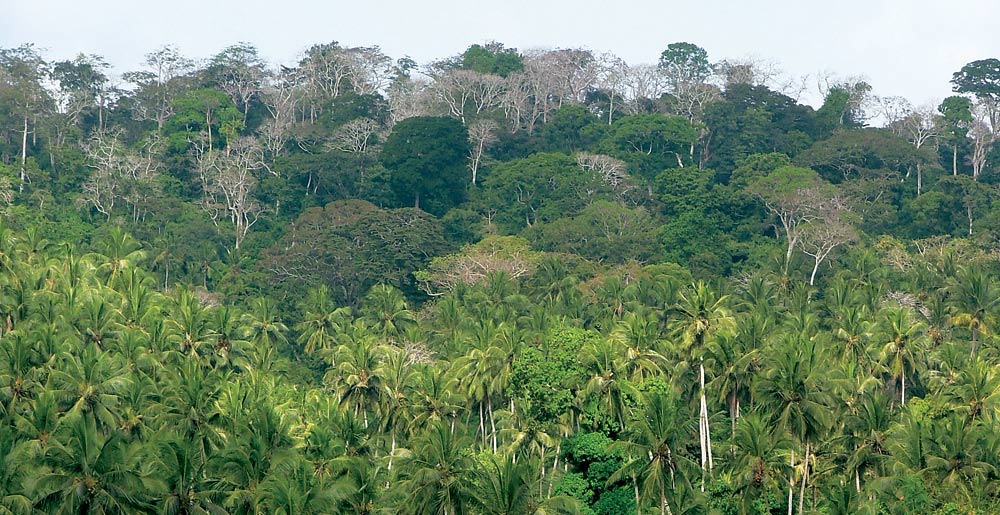
Down amid the dense forests that cloak the Indian Ocean coast lie the sacred forests and fortified villages – known as kayas – of the Mijikenda people. It was to the safety of these forests that the so-called ‘Nine Tribes’ fled during their migration from Somalia in the 16th century; and it is in these shaded groves that their ancestors are still believed to live.
4. Lamu Old Town
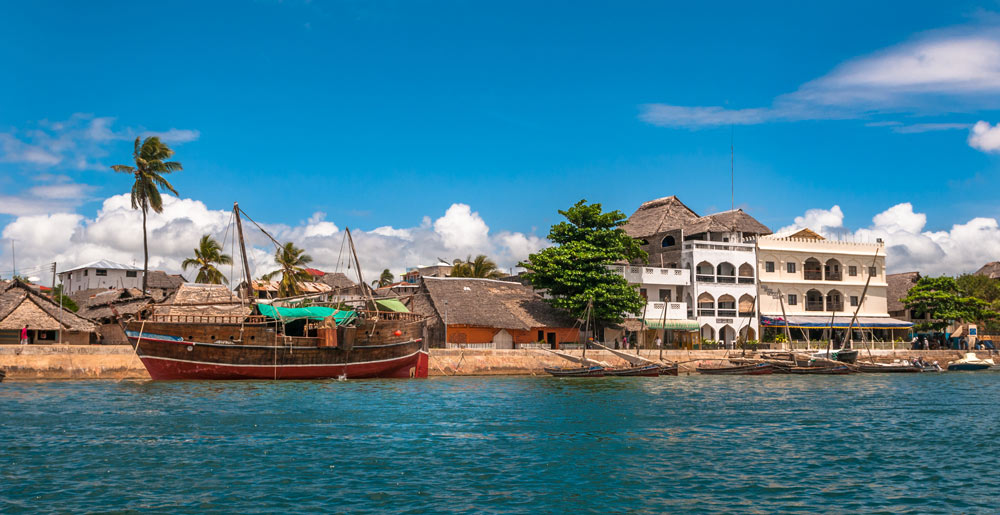
To the far north of the lovely Kenyan coast stands the 14th century town of Lamu, the world’s best-preserved example of a Swahili settlement. A place of winding lanes, wandering donkeys and soaring minarets, Lamu is the very embodiment of the coastal character of East Africa.
5. Fort Jesus, Mombasa
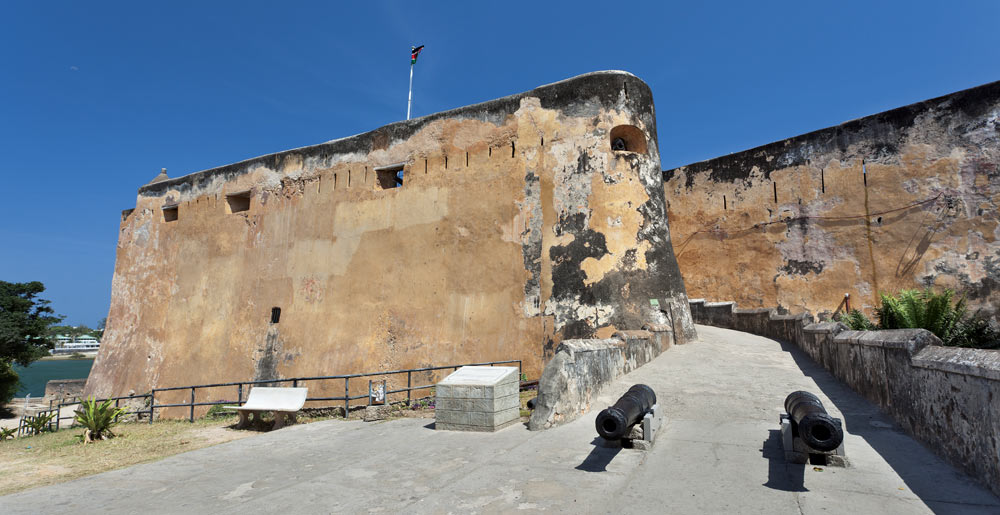
Heading south, and standing at the heart of Mombasa’s Old Town, is the magnificent Fort Jesus. Built in the 16th century by the conquering Portuguese to protect the port of Mombasa, this black-streaked bastion has withstood centuries of siege warfare; and its rusted canons still glower out to sea.
6. The Lake Turkana National Parks

Shimmering like a mirage in the harshly beautiful desert landscape of northern Kenya lie the blue-green waters of Lake Turkana. On its shores is one of the world’s greatest treasures, Sibiloi National Park, home to the three-million-year-old Koobi Fora paleontological site. First discovered by Dr Richard Leakey and his team in 1972, Sibiloi shelters the remains of our earliest ancestors, Australopithecus, Homo habilis, Homo erectus and Homo sapiens. It’s known simply as the ‘Cradle of Mankind’.
7. Thimlich Ohinga Archaeological Site
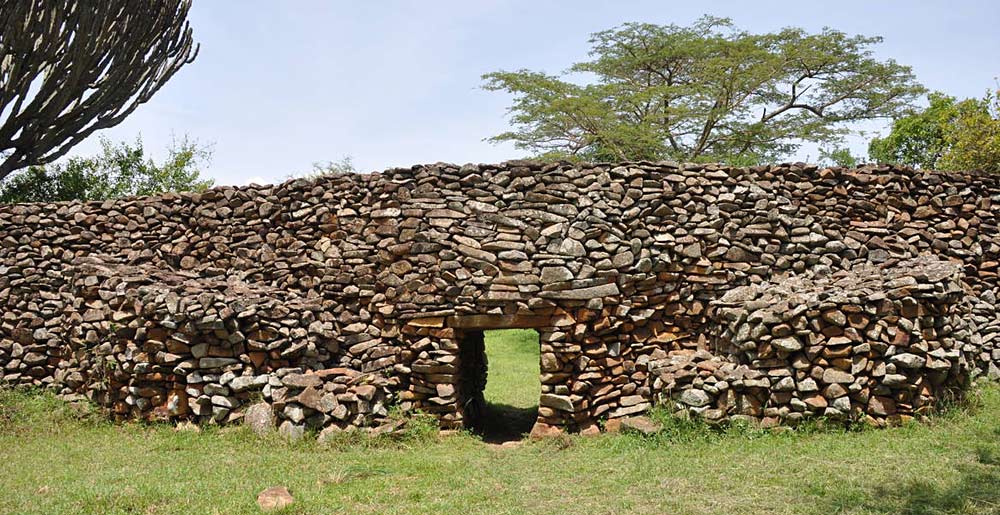
Finally, the newest member of Kenya’s exclusive UNESCO club is the Thimlich Ohinga archaeological site. Situated north-west of the town of Migori, in the Lake Victoria region, this dry-stone walled settlement was probably built in the 16th century. Thimlich Ohinga is the largest and best preserved of these traditional enclosures and is an exceptional example of the tradition of massive dry-stone walled enclosures, typical of the first pastoral communities in the Lake Victoria Basin.
And, as if the guardianship of this priceless array of global gems were not enough, Kenya currently has some 17 sites on the UNESCO World Heritage Sites ‘tentative list’. These include the Aberdare Mountains, the Mfangano-Rusinga Islands, the ancient Swahili town of Gedi, Lake Naivasha, Lake Nakuru National Park and Mombasa Old Town.
So, whether it’s geographical grandeur, ecological brilliance or cultural marvels that you’d like to experience – we’ve got them all. Come to Kenya…and explore the inheritance of our Earth.
For more information on Kenya’s World Heritage Sites: whc.unesco.org/en/statesparties/ke
© 2025 Kenya Holidays
